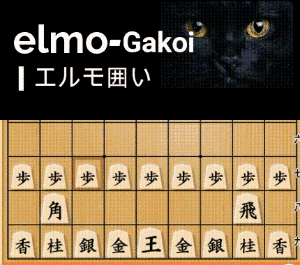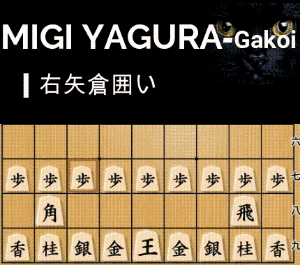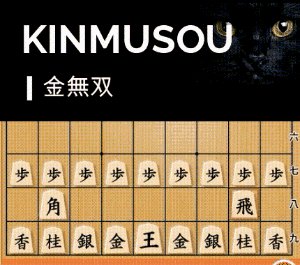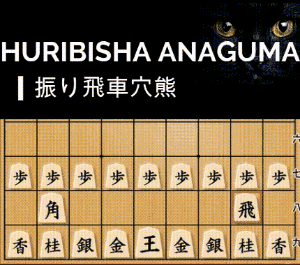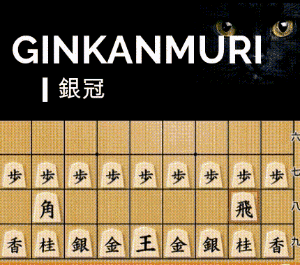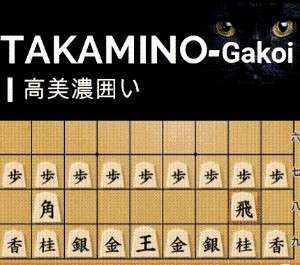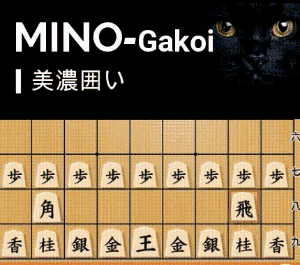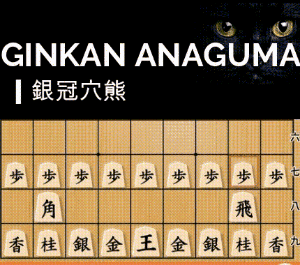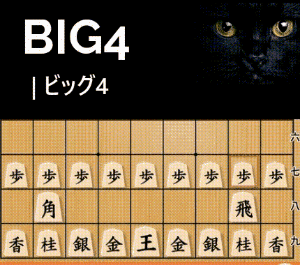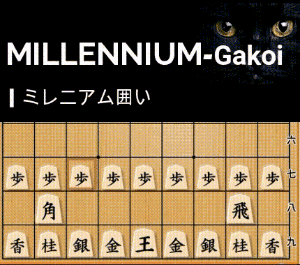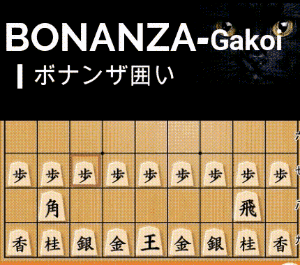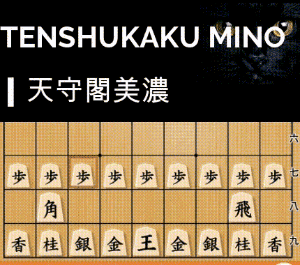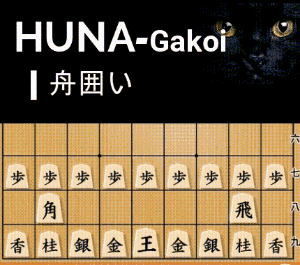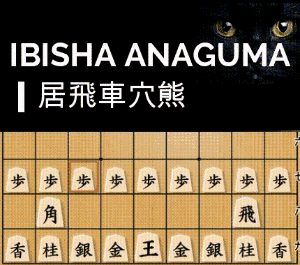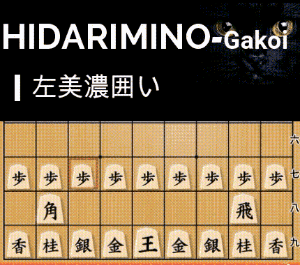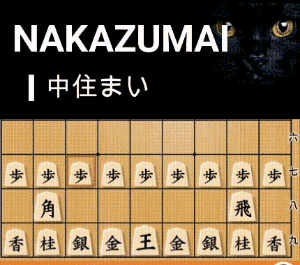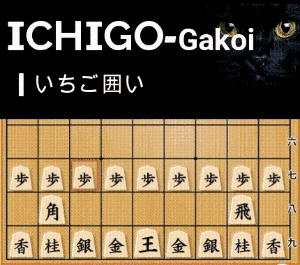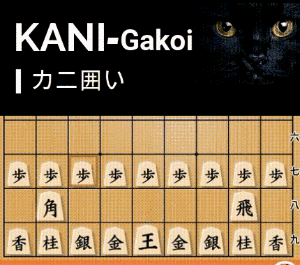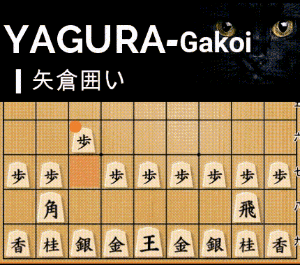How to Play the Climbing Gold Against the 3rd-File Rook
Learn how the Climbing Gold strategy can be effective against the 3rd-File Rook, particularly the Ishida variation, and why using the Gold piece is preferable to using the Silver in this tactic.
The Basic Setup for the Ishida Variation of the 3rd-File Rook
(Note: Since this article analyzes the game from the second player’s perspective, the board is flipped for clarity.)
In the Ishida variation of the 3rd-File Rook, the typical opening moves are:
- ▲7-6 Pawn
- △3-4 Pawn
- ▲7-5 Pawn
This setup signals that the opponent intends to place their Rook on the 7th file. The aim of this article is to explore how to counter this with the Climbing Gold strategy.
When facing the Ishida variation, the first thing you should do is move your King to △4-2, which is part of a standard opening sequence. This move will become clearer as the game progresses.
In response, the opponent plays ▲6-6 Pawn, which closes the Bishop’s diagonal and avoids an early clash.
If you fail to play △4-2 King, there will be significant consequences, which are explained in more detail in a section at the bottom of this article.
The Climbing Gold Attack: Forcing the Opponent to Use a Float Rook
The Climbing Gold strategy starts with rapidly advancing your pawn to the 8th file. In response to your △8-5 Pawn, the opponent will likely have to play ▲7-6 Rook to move their Rook out of the way. This is the classic setup for the Ishida 3rd-File Rook.
At this stage, you’ll aim to suppress the Rook with your Gold piece.
After this, the game proceeds with a relatively calm development of pieces. You aim for a formation with your △6-3 Silver to prevent exchanges along the 7th file.
👉 Supplementary Tip 1: What If the Opponent Immediately Exchanges on the 7th File?
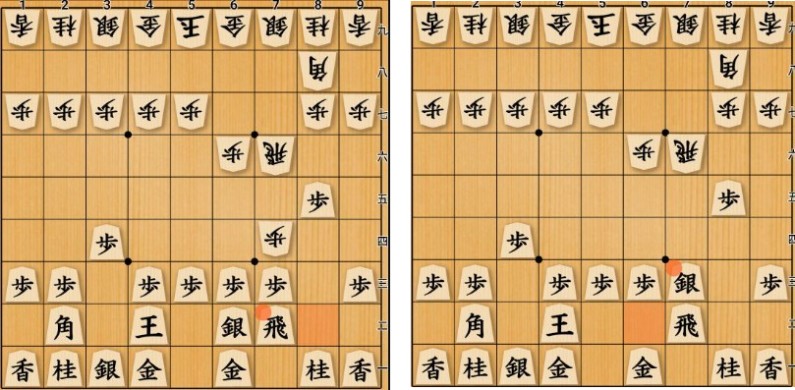
Let’s say the opponent quickly plays ▲7-4 Pawn and attempts to exchange pawns on the 7th file. In response, avoid capturing with your pawn. Instead, move your Rook to △7-2 and reposition. This allows you to launch an attack along the 7th file.
From here, you can develop your Silver forward and apply pressure to their Rook. Eventually, you’ll be in a strong position to dominate.
Setting Up the Climbing Gold
As the game progresses, the opponent will likely complete their Mino Castle, while you intentionally leave your right Gold piece unpositioned, preparing for a swift attack.
This is where your Gold piece moves forward, helping to pressure their major pieces.
While the opponent sets up with moves like ▲7-7 Knight and ▲9-7 Bishop to complete their Ishida formation, you advance your Gold pieces by playing △7-2 Gold and △8-3 Gold.
Since the Gold can move horizontally as well as vertically, it is perfectly suited to pressurize their major pieces. The Climbing Gold strategy works especially well against the Ishida Rook, which often has limited escape routes for the Rook.
You’ll want to make your attack with a pawn push to △7-4, aiming to capture a pawn and initiate a decisive attack.
The Ideal Attack with the Climbing Gold: If the Opponent Plays ▲7-5 Pawn
Let’s consider the scenario where the opponent plays ▲7-5 Pawn.
In this case, it’s best to first move your Gold to △8-4 to dodge any potential threats, then play △7-2 Rook to target the 7th file.
The core of the Climbing Gold attack lies in targeting the opponent’s weakness along the edge. After pushing a pawn to △9-1, you’ll be able to strike. If they respond with ▲9-1 Rook, you can then play △9-5 Lance to trap their major pieces (a tactic called “Denraku-sashi”).
Pressuring the Opponent’s Major Pieces
If the opponent’s Bishop moves to ▲8-8 and avoids capture, the next step is to play △7-5 Gold, pushing forward. You can then play △8-7 Pawn to continue the pressure, eventually gaining a favorable position.
At this stage, you’ll be able to threaten their Bishop and potentially capture it, seizing the initiative.
What If the Opponent Plays ▲6-5 Pawn?
Now, let’s analyze the scenario where the opponent plays ▲6-5 Pawn.
This move puts pressure on your position, and they might be trying to exchange pieces. If you capture with the Gold, the opponent can respond with ▲7-1 Rook, or if you capture with the Silver, they can counter with ▲7-4 Rook.
In this case, it’s better to ignore the immediate threat to your Silver and play △7-5 Pawn, aiming for a strong follow-up. Let’s see what happens next.
The opponent will likely play ▲7-5 Bishop. It might be tempting to capture the Bishop with your Gold, but instead, it’s better to focus on preventing them from exchanging pieces by maintaining the pressure.
The key to the Climbing Gold strategy is not necessarily capturing the opponent’s major pieces but rather restricting their options and keeping their pieces trapped.
When the Climbing Gold Doesn’t Work Well
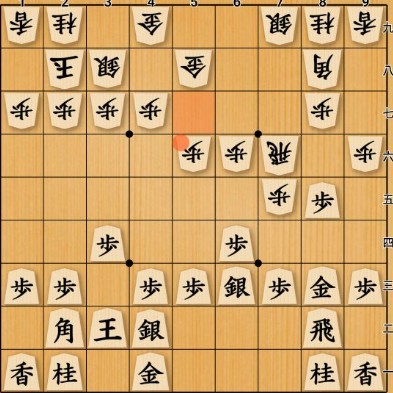
If the opponent has already developed their pieces with ▲7-7 Knight and ▲9-7 Bishop, the Climbing Gold strategy often won’t work as effectively. The Ishida Rook setup allows the opponent to easily exchange pieces and free up their major pieces.
👉 Supplementary Tip 2: Why Move Your King to △4-2?
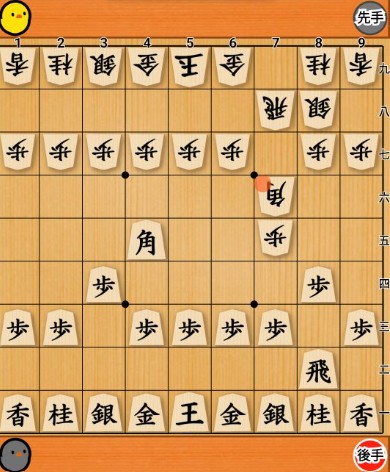
If you had skipped △4-2 King and played △4-5 Bishop Drop immediately, your opponent could have countered with ▲7-6 Bishop Drop, threatening to promote with ▲4-3 Horse.If you then played △4-2 King to escape, they could reinforce their position with ▲3-8 Silver, blocking your attack. This is why △4-2 King at the start was necessary—it prevents this powerful counterplay.
Related Articles:



